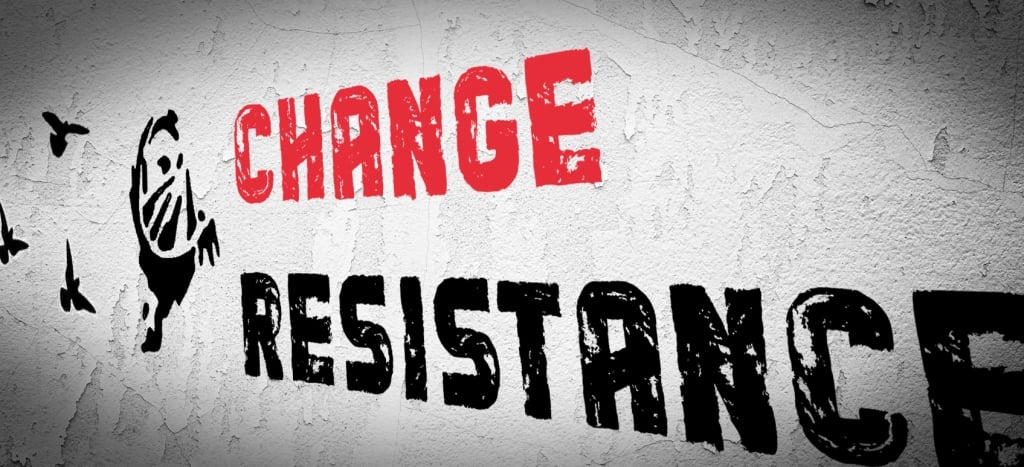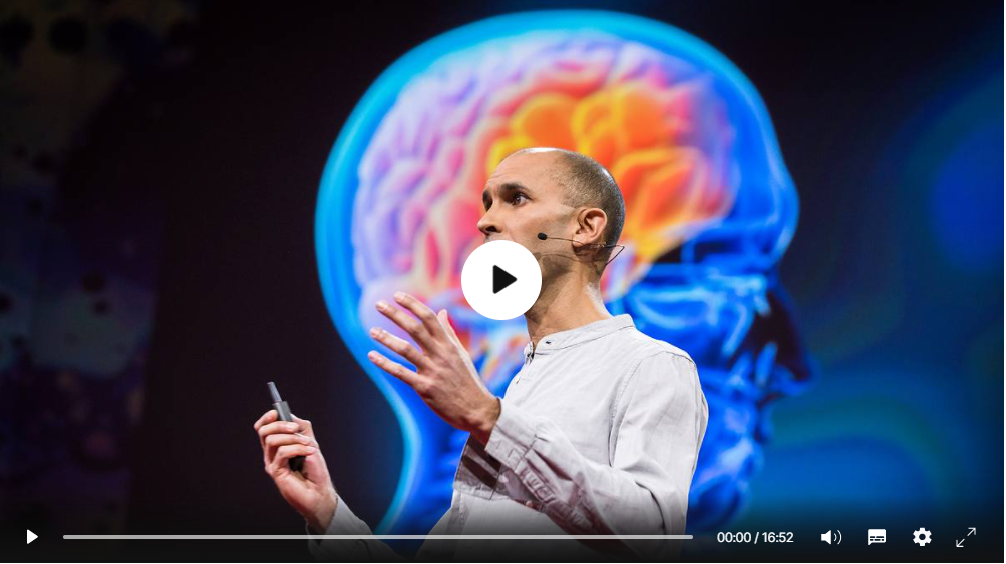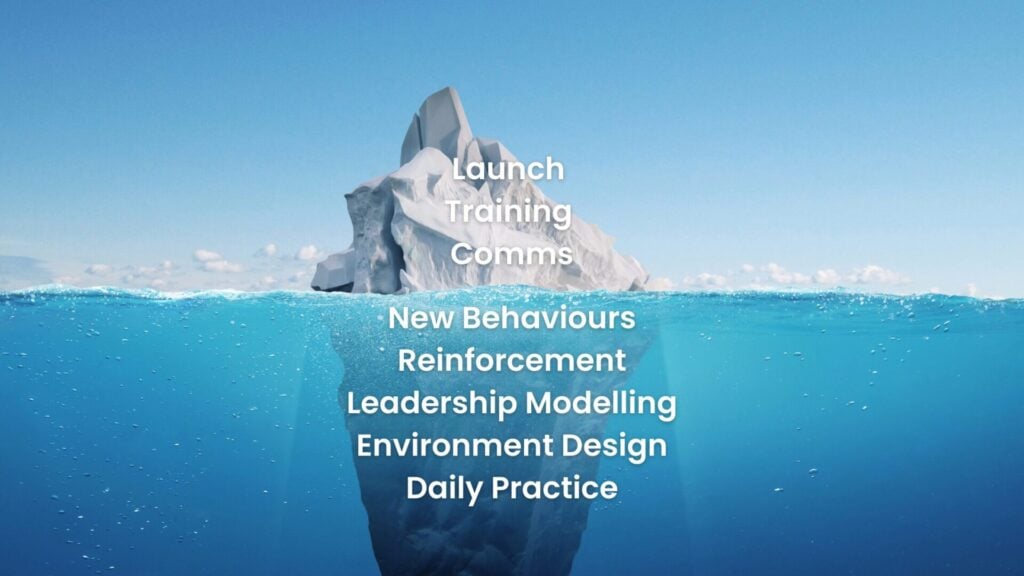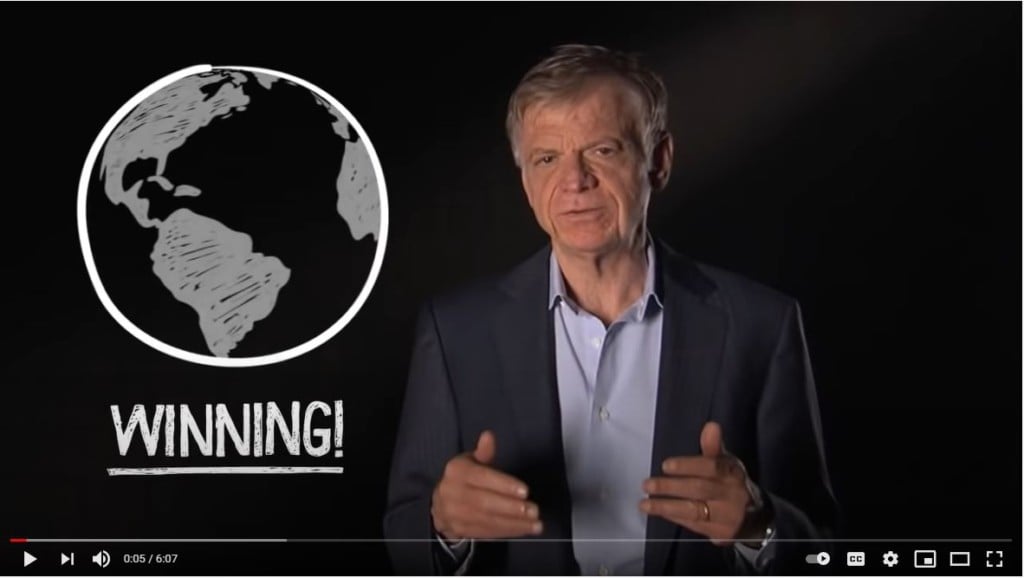Employees Not Fully Onboard With Your Digital Transformation? Start Here…
By Mark Vincent
Share

“Success leaves clues” – Jim Rohn.
It’s February 2021 and Steve is in Manhattan, New York, in a state of the art 60 story building, about 5 minutes’ walk from Broadway. It’s a glorious sunny day outside and yet Steve’s mood is sombre, all he can think about is this next meeting with Miranda.
Steve is a 45-year-old programme leader, a confident and strong-willed high achiever, slightly resembling a young Spanish version of Tom Jones. Over the past few years, he’s delivered one of the most transformative changes this global media company has seen, consolidating all the local European country teams onto one technology platform and one common process.
They are now managing inventory better, serving their customers better, building stronger relationships with their suppliers and distribution partners. The programme has already paid for itself in smarter buying practices alone, driven by much better data. They are spending less time on administrative tasks and using that time to get creative with their customers, their suppliers and each other. They are finding ways to get smarter, faster and more efficient. Steve’s reputation has been growing rapidly, along with his feeling of confidence in his ability to deliver real change.
And yet today he’s not feeling confident.
The room is drab and stuffy from the late working of many people the night before, evidenced by the coffee cups and pizza boxes strewn around. It’s in the basement so there is no natural light, creating an eerie and depressing atmosphere.
His mouth feels dry. How has it come to this? It’s been building for some time and the meeting they have just come from was even more techy than usual.
In she comes, Miranda, the intimidating CFO of the US business entity, “Devil Wears Prada” he thought to himself to try to lighten his mood. Sitting down opposite she peers at him through thick rimmed rectangular glasses, breathes slowly and then goes straight in:
“How did you think this was going to go? I’ve told you we’re different here, the US market is different, our suppliers and customers are different.”
Steve tries to rescue the situation: “If we customise the system as you’re suggesting, you’ll end up exactly as you are today. You’ll have a different IT system but you won’t get the benefits we’ve achieved everywhere else, and making these changes will take us another 9 months!”
Miranda fires right back: “The risk to our local business is too big and if anything goes wrong it will be on my shoulders. I’m not prepared to accept that risk and I’m not convinced we need to change to that extent, at least not right now anyway, so I’m going to block the go-live till those customisations have been made.”
She pauses slightly, then in it comes: “And I’d like you to hand over responsibility to Ben from my team”.
“People are very open-minded about new things, as long as they’re exactly like the old ones.” —Charles F. Kettering
At this point in time for Miranda and her team, self-protection and preserving the status quo were more compelling than truly transforming what they do. This part of the business was in steep decline, so radical change was certainly needed. However, within the context of an otherwise successful overall business, it just wasn’t compelling or urgent enough for Miranda and her team to take any risks to themselves. They perceived they had more to risk than to gain, at least at a personal level. In a culture where trust is low and personal stakes are high, this creates a handbrake for any transformational change.
Most importantly they didn’t feel they owned the change, it felt to them like someone else’s change. It felt like the change was being forced on them, being done to them.
“People don’t resist change – they resist being changed” – Peter Senge
In Europe, Steve had built trusted relationships with the executive teams, having involved them closely throughout the transition. They were completely on-board with the imperative to increase efficiency and protect the margins of the physical business, whilst improving customer service levels. They agreed that consolidation and digitisation was the best way forward, removing the duplication and waste associated with their legacy approach of operating differently in each country. They felt part of deciding their future. They owned it.
The lessons?
With digital transformation, it can be tempting to focus on the technology and to believe that technology will drive the change. It’s a common mistake that often comes with a high cost, highlighted by ongoing research showing that the majority of large or significant technology projects will take significantly longer than planned, cost more and deliver fewer benefits than expected. McKinsey found that 17% of large IT projects veer so wildly off track they threaten the existence of the entire organisation implementing them.
The common thread behind the degree of success is the human element because the real transformation happens within the people using the technology.
People re-imagine how they do their work.
People find better and more efficient ways to deliver a great customer experience.
People get creative on how to interact with each other in a way that delivers even more value for the organisation.
They do that when they feel engaged, empowered and have a strong sense of ownership towards the outcome. When they feel part of designing their future and above all else when they feel psychologically safe enough to try something that might not go as well as planned.
When running a large transformation, the way people feel about it and their part in making it a success is a critical component that’s mostly overlooked, simply because it’s not routinely measured, so it’s difficult to really know.
Change Journey Navigator has been uniquely designed to bring measurement and focus to the human component of change. Leaders can now see where to focus their attention to increase the engagement and ownership of the transformation, leading to better outcomes, faster pace and a far lower risk of attrition and burnout.
For more information or to try the free version of change journey navigator go to: https://appliedchange.co.uk/unleash-digital-transformation/
Get in touch
If you’re not achieving your goals or want get more done in your business, we can help.
Whether it’s supporting you, growing your leadership team or directly helping you to make something happen, contact us on (+44) 0800 612 3548 or click the button below.
Alternatively sign up below to be the first to know about our events and receive free resources and insider tips.
Related content
Why do people resist change?
If you’ve ever tried pushing big change through a hire and fire culture you’ll know that it can be a brutal process and not for the faint hearted. This article explores change resistance and where it comes from.
Anil Seth – Your brain hallucinates your conscious reality
A powerful talk that shows how easily we are tricked into beliefs and perspectives that turn out to be different to what we initially thought.
Embedding Change: Why Habits Matter More Than Announcements
Most change efforts fail not because of poor planning, but because old habits resurface after launch. Discover why behaviour change is the key to lasting transformation — and how to embed new habits that actually stick.
John Kotter – The Evolution of the 21st Century Organisation
John Kotter discusses why the organisational structures designed in the late 19th century are slowing businesses down in an era of rapid change. And what can be done to increase the pace. Whilst this was recorded in 2013, the lessons are, if anything, becoming more true by the day.
Protected: High Impact Changemaker Framework Elements
There is no excerpt because this is a protected post.





